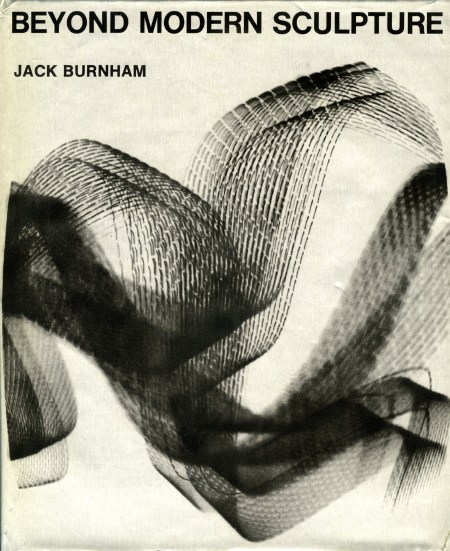Adrian Johns: Piracy: The Intellectual Property Wars from Gutenberg to Gates (2009)
Filed under book | Tags: · copyright, intellectual property, piracy

Since the rise of Napster and other file sharing services in its wake, most of us have assumed that intellectual piracy is a product of the digital age and that it threatens creative expression as never before. The Motion Picture Association of America, for instance, claimed that in 2005 the film industry lost $2.3 billion in revenue to piracy online. But here Adrian Johns shows that piracy has a much longer and more vital history than we have realized—one that has been largely forgotten and is little understood.
Piracy explores the intellectual property wars from the advent of print culture in the fifteenth century to the reign of the Internet in the twenty-first. Written with a historian’s flair for narrative and sparkling detail, the book swarms throughout with characters of genius, principle, cunning, and outright criminal intent: in the wars over piracy, it is the victims—from Charles Dickens to Bob Dylan—who have always been the best known, but the principal players—the pirates themselves—have long languished in obscurity, and it is their stories especially that Johns brings to life in these vivid pages.
Brimming with broader implications for today’s debates over open access, fair use, free culture, and the like, Johns’s book ultimately argues that piracy has always stood at the center of our attempts to reconcile creativity and commerce—and that piracy has been an engine of social, technological, and intellectual innovations as often as it has been their adversary. From Cervantes to Sonny Bono, from Maria Callas to Microsoft, from Grub Street to Google, no chapter in the story of piracy evades Johns’s graceful analysis in what will be the definitive history of the subject for years to come.
Publisher University of Chicago Press, 2009
ISBN 978-0-226-40118-8, 0-226-40118-9
626 pages
PDF (updated on 2012-7-15)
Comment (0)Thomas Elsaesser, Malte Hagener: Film Theory: An Introduction Through the Senses (2010)
Filed under book | Tags: · cinema, film, film history, film theory

What is the relationship between cinema and spectator? That is the central question for film theory, and renowned film scholars Thomas Elsaesser and Malte Hagener use this question to guide students through all of the major film theories—from the classical period to today—in this insightful, engaging book. Every kind of cinema (and film theory) imagines an ideal spectator, and then imagines a certain relationship between the mind and body of that spectator and the screen. Using seven distinctive configurations of spectator and screen that move progressively from ‘exterior’ to ‘interior’ relationships, the authors retrace the most important stages of film theory from 1945 to the present, from neo-realist and modernist theories to psychoanalytic, ‘apparatus’, phenomenological and cognitivist theories.
Publisher Taylor & Francis Group, 2010
ISBN 041580101X, 9780415801010
222 pages
PDF (updated on 2012-7-14)
Comment (0)Jack Burnham: Beyond Modern Sculpture: The Effects of Science and Technology on the Sculpture of This Century (1968)
Filed under book | Tags: · art, art history, art theory, kinetic art, machine, sculpture, technology

Examines the materialistic and psychological factors responsible for dominant trends in twentieth-century sculpture.
Publisher George Braziller, New York, 1968
ISBN 0807607150, 9780807607152
402 pages
Reviews: Walter Darby Bannard (Artforum, 1969), Louis Vaczek (Technology and Culture, 1970), James Ackerman (The New York Times Books, 1969, Burnham’s response), Charlotte Willard (The Saturday Review, 1969)
PDF (updated on 2014-3-27)
PDF (120 MB, no OCR, added on 2023-8-4)

